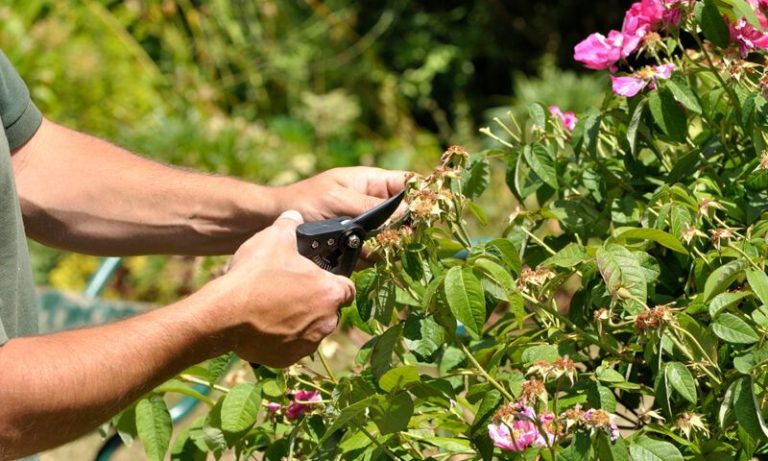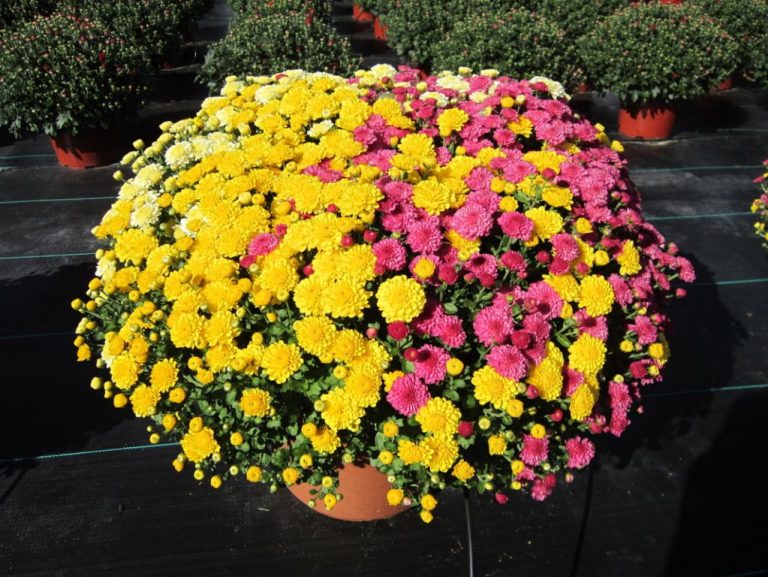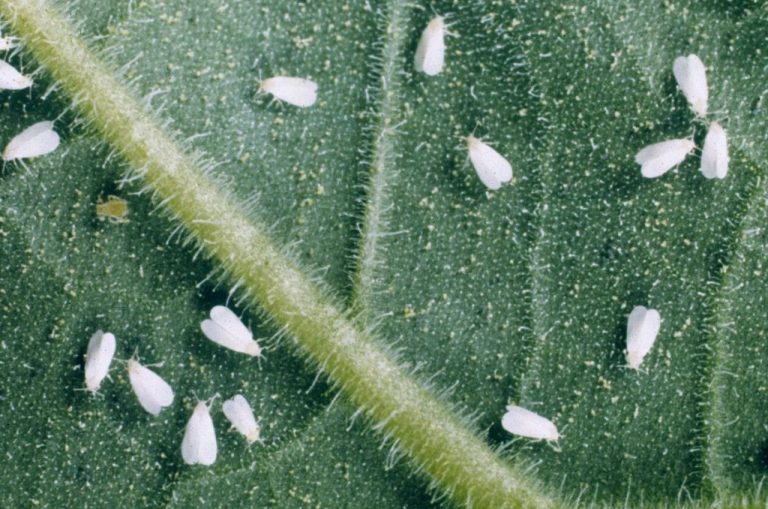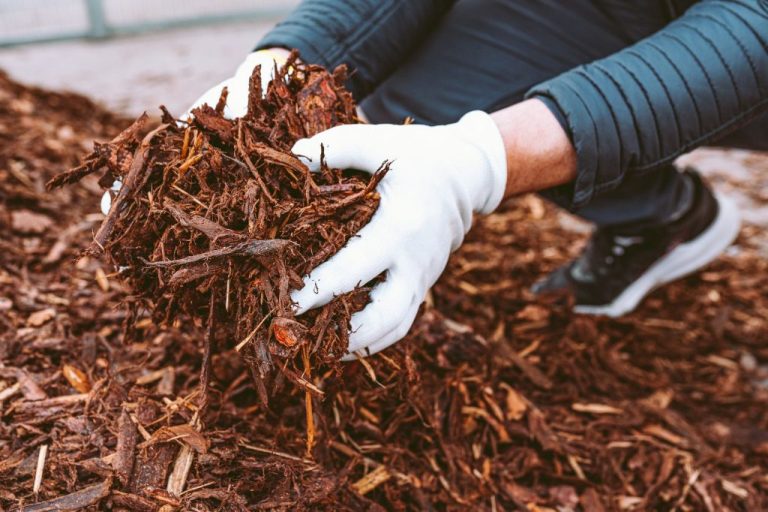Winter Garden Maintenance: Tasks To Tackle During The Cold Season
During the cold winter months, it’s easy to neglect garden maintenance. However, spending a little time on basic upkeep now helps ensure your garden thrives come springtime. In this article, we’ll cover the key tasks to tackle for winter garden care. Proper maintenance sets plants up for success once temperatures start to rise again. We’ll discuss pruning, clearing out debris, mulching, fertilizing, watering, frost protection, controlling pests, and preparing for the next growing season.
Pruning
Pruning is an essential task to tackle during the winter months. The dormant season is the best time for pruning because you can see the structure and shape of trees and shrubs without leaves getting in the way. Pruning in winter also invigorates plants for spring growth and allows them to focus energy on developing flowers and fruit rather than unnecessary growth. According to Swanson’s Nursery, the winter is an ideal time to prune many trees, shrubs, perennials, and ornamental grasses.
When pruning in winter, focus on removing dead, damaged, and diseased branches. Cut out crossing or inward facing branches to improve structure and airflow. Prune branches all the way back to the trunk or main branch. For spring-flowering shrubs like lilacs, prune immediately after flowering. For other deciduous trees and shrubs, prune when fully dormant. Always use clean, sharp bypass pruners and avoid leaving stubs. Disinfect tools between plants to prevent disease spread. Take it slow and don’t remove more than 25% of the plant. Proper winter pruning will lead to healthier, more productive plants in spring.
Clearing Out Dead Growth
Removing spent plants, fallen leaves, and other dead plant material from the garden in winter provides multiple benefits. Clearing out this debris helps prevent the spread of disease and reduces insect pest populations that may overwinter in garden waste (Putting your garden to bed). It also eliminates hiding spots for slugs and other garden pests. In addition, removing dead growth improves air circulation and light exposure for plants.
When clearing out the garden, it’s important to properly dispose of the waste. Composting is an excellent option that returns nutrients to the soil. Dead diseased plants should be put in yard waste bags and disposed of, not composted. Rake up and remove fallen leaves, especially from around plant crowns. Cut back dead perennials, annuals, and empty vegetable plants. Take out weedy plants before they go to seed. By getting rid of this debris now, your garden will start the winter and spring seasons with a clean slate.
Mulching
Applying mulch in winter provides many benefits for gardens and plants. Mulch acts as an insulating blanket, protecting plant roots and soil from extreme cold and preventing frost heave, where repeated freezing and thawing pushes plants up from the ground (Source). Mulch also retains soil moisture and reduces the need for frequent watering. It suppresses weeds and prevents soil erosion. In addition, as mulch decomposes it improves soil structure and adds organic matter.
For best results, apply 2-4 inches of mulch around perennials, shrubs, trees and garden beds after the ground has frozen. Organic mulches such as wood chips, shredded leaves, straw or compost work well. Avoid using plastic sheeting, which doesn’t allow oxygen and water to penetrate. Mulching too early in fall can attract rodents looking for a warm place to nest. Wait until after several hard frosts before mulching garden beds (Source).
Fertilizing
While plants are dormant in winter, their nutritional needs are reduced. Over-fertilizing during winter can lead to excessive growth that is prone to frost damage. Use fertilizer sparingly, if at all.
Choose a low-nitrogen, high-phosphorous fertilizer to promote root growth and strengthen the plant for spring. Organic options like bone meal, blood meal, and rock phosphate are ideal. Apply 1-2 pounds per 100 square feet of garden space. See this video for tips on winter fertilizing: https://www.instagram.com/tv/CYwKmmTKmUF/
Avoid high-nitrogen fertilizers which promote leafy top growth. Excess nitrogen can also leach into groundwater during winter rains. Let your soil test be your guide, and only fertilize if your soil is deficient in key nutrients.

Watering
Plants need less frequent watering in winter but should not be allowed to dry out completely (Sources: https://extension.colostate.edu/topic-areas/yard-garden/fall-and-winter-watering-7-211/, https://www.highcountrygardens.com/content/gardening/winter-watering). The colder temperatures and dormancy of plants in winter means they lose moisture from their leaves and soil much more slowly. However, allowing plants to completely dry out, especially evergreens, can damage or kill them.
Proper winter watering involves watering less frequently but more deeply. Aim to water deeply once or twice per month during winter dormancy. Focus on watering when winter precipitation has been lacking. New plantings and container plants will need more frequent winter watering than established plants. Identify and prioritize watering those newer or potted plants first. Water on a warmer sunny day to allow moisture to penetrate the soil without freezing. Check soil moisture before watering by digging down a few inches; only water if the deeper soil is dry.
Protection from Frost
Protecting plants from frost and freezing temperatures during winter is critical to their survival. There are several methods you can use to help shield plants from the cold:
Cover plants with fabric row covers, blankets, sheets, or tarps. This creates a layer of insulation that traps heat around the plant. Make sure the cover extends all the way to the ground and anchor it securely so it doesn’t blow away (source).
Build temporary structures around plants using wooden frames and plastic sheeting. This forms a greenhouse-like environment. Keep the plastic away from actually touching the plants (source).
Pile mulch, leaves, straw, or compost around the base of plants for insulation. You can also mound soil over the roots for added protection.
Move container plants next to the house or under eaves. This shelters them from harsh winds.
Water plants thoroughly before a freeze. Moist soil holds more heat than dry soil. However, avoid overwatering.
Prune damaged portions immediately after a frost to prevent decay. Wait until spring for major pruning.
Select cold hardy plants native to your climate zone if you experience frequent frosts. Some varieties are more resilient.
Monitor weather forecasts daily and be ready to take action at the first sign of a freeze warning. A little preparation can save your garden from frost devastation.
Pest Control
It’s crucial to keep pests away from weakened plants in winter when plants are more vulnerable. Pests like aphids, scale, mealybugs, spider mites, and others can overwinter in gardens and emerge to attack plants in spring (https://www.arbico-organics.com/category/organic-insecticides). Using organic pest control methods can eliminate pests without harming beneficial insects or contaminating soil and waterways.
Apply horticultural oil spray to suffocate overwintering soft-bodied insects like aphids and mites. Use insecticidal soap or neem oil to disrupt the life cycle of pests. Hang sticky traps near plants to capture adult insects before they can lay eggs. Release beneficial insects like ladybugs or lacewings that prey on pests. Apply diatomaceous earth around plants to shred soft-bodied insects. Mulch generously with leaves or straw to cover overwintering sites. Prune out any dead or diseased branches which can harbor pests. Remove plant debris and weeds where pests may shelter. Monitor plants regularly and take prompt action at first signs of infestation (https://www.grandpagus.com/products/ultimate-winter-pest-control-bundle).
Preparing for Spring
The winter season is the perfect time to prepare for spring planting by starting seeds indoors. Starting seeds indoors gives your vegetable and flower seedlings several weeks to become strong and established before encountering harsh spring conditions. When transplanting seedlings outdoors in spring, they can better withstand the elements and start focusing on growth. Some seeds even require a frost-free indoor start or take a very long time to reach maturity, making indoor seed starting vital.
Some vegetables to start indoors include tomatoes, peppers, eggplant, broccoli, cabbage, and artichokes. Popular flowers like petunias, marigolds, zinnias, and snapdragons also do well with an early indoor sowing. When choosing varieties, pick ones with a shorter time to maturity for transplanting outdoors after your area’s last spring frost date. Be sure to research each type of seed’s ideal starting time indoors and provide the proper lighting, warmth, soil, and care.
Starting seeds indoors requires a few key supplies – seed starting mix or potting soil, containers, grow lights, and heat mats or a spot with sufficient warmth. Carefully follow the planting depth, spacing, watering, and lighting requirements noted on seed packets. Create a schedule so you start seeds at the right time over the winter months based on when they can be transplanted after the last spring frost. With the right planning and setup, starting seeds indoors allows you to enjoy an earlier, more productive spring garden.
For more tips on starting seeds indoors, check out this helpful guide from Millcreek Gardens in Utah: https://millcreekgardens.com/starting-seeds-indoors-winter/.
Conclusion
As this article has shown, winter garden maintenance is crucial for keeping your garden healthy and preparing it for a bountiful spring. By regularly pruning, clearing out dead growth, mulching, fertilizing, watering, protecting plants from frost, and controlling pests, you can ensure your garden thrives through the cold season.
Proper care during winter allows your plants to rest and rejuvenate before the growing season resumes. Pruning helps shape trees, shrubs, and vines while removing damaged branches. Mulching insulates plant roots and prevents weeds. Watering prevents desiccation damage. Pest control reduces overwintering populations. Frost protection keeps tender plants alive.
With the right maintenance, your garden will remain visually pleasing even during winter. More importantly, diligent care now allows your plants to prosper once spring arrives. Don’t neglect your garden just because it’s cold out. Continue providing attentive care so your landscape is primed for vigorous new growth when warmer weather returns.






